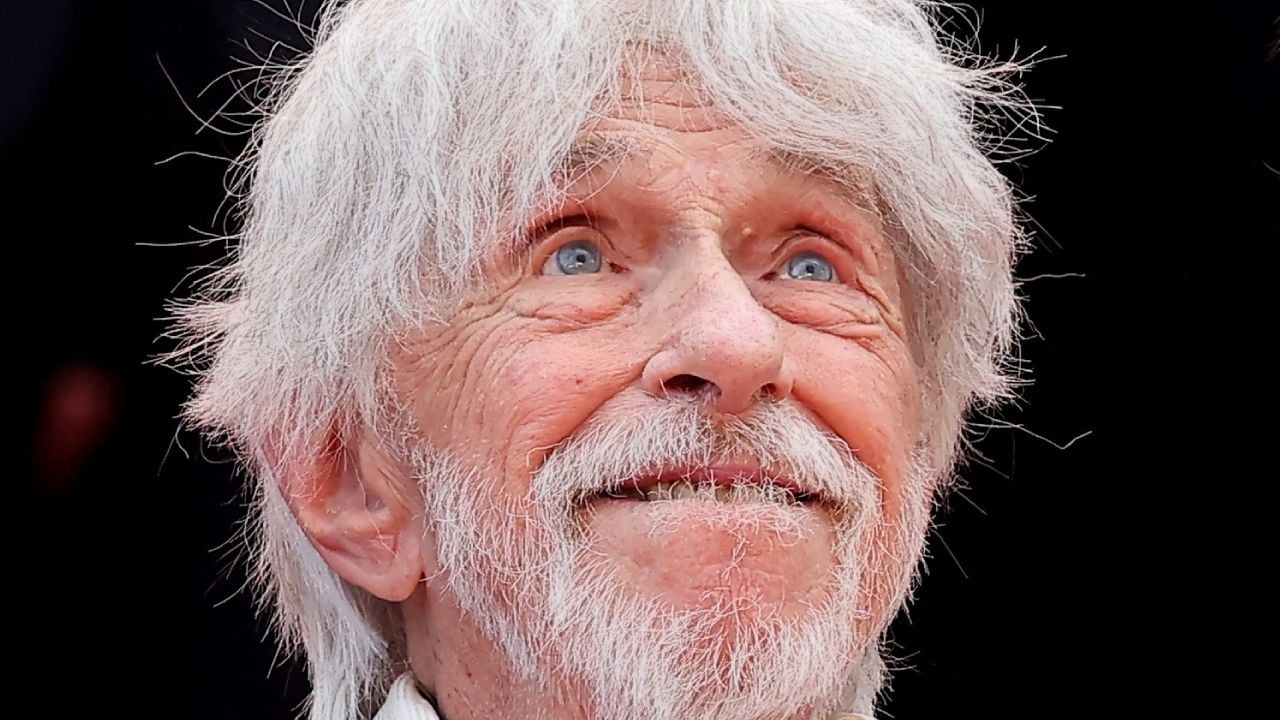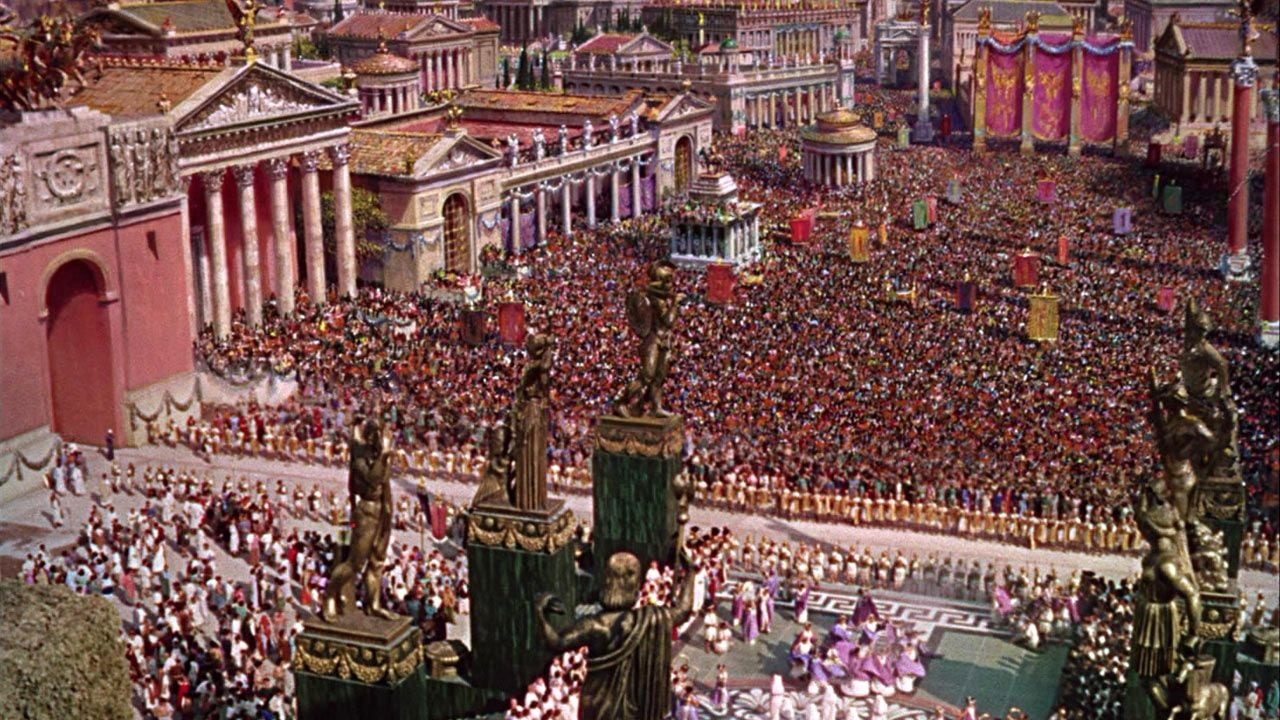In 2017, Jeff Nichols was already looking at America in the 1960s to tell the story of Mildred and Richard Loving being imprisoned in Virginia because she was black and he was white, which the country, segregated, could not support then. .
Seven years later, the director remains at the same time, but in Chicago, Illinois. From Danny Lyon’s photo book to depict bikers. A fictional story time inspired by existing characters and situations.
Hitting our cinemas on Wednesday 19th June, The Bikeriders will have Austin Butler, Jodie Comer, Tom Hardy, Mike Faist and even Michael Shannon on the road. Depicted without complacency or nostalgia for the environment.
And its director comments for us on some of the stills from his film, just to bring things full circle.
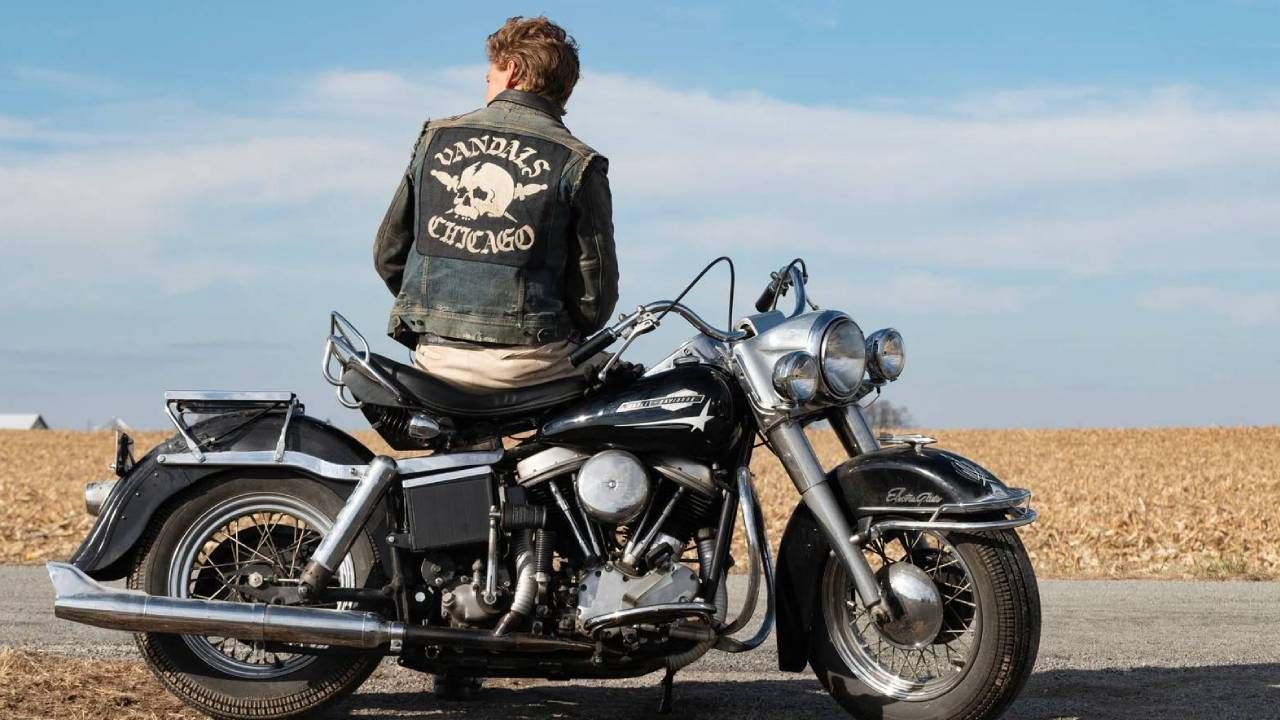
Jeff Nichols : I like this photo . There is a great story in the book about a motorcyclist who was being chased by the police and ran out of gas. His decision, because he was in the middle at the time, was to stop, light a cigarette and wait for them to come and arrest him. This is one of the most beautiful stories in the book and I obviously wanted it in my film.
I combined this with another story from the book, about a boy called Benny and the red lights he stopped. So I put those two passages together and we got lucky: as a filmmaker, you’re always looking for the horizon line, especially when you’re shooting on 35mm. And we found this great field that offered.
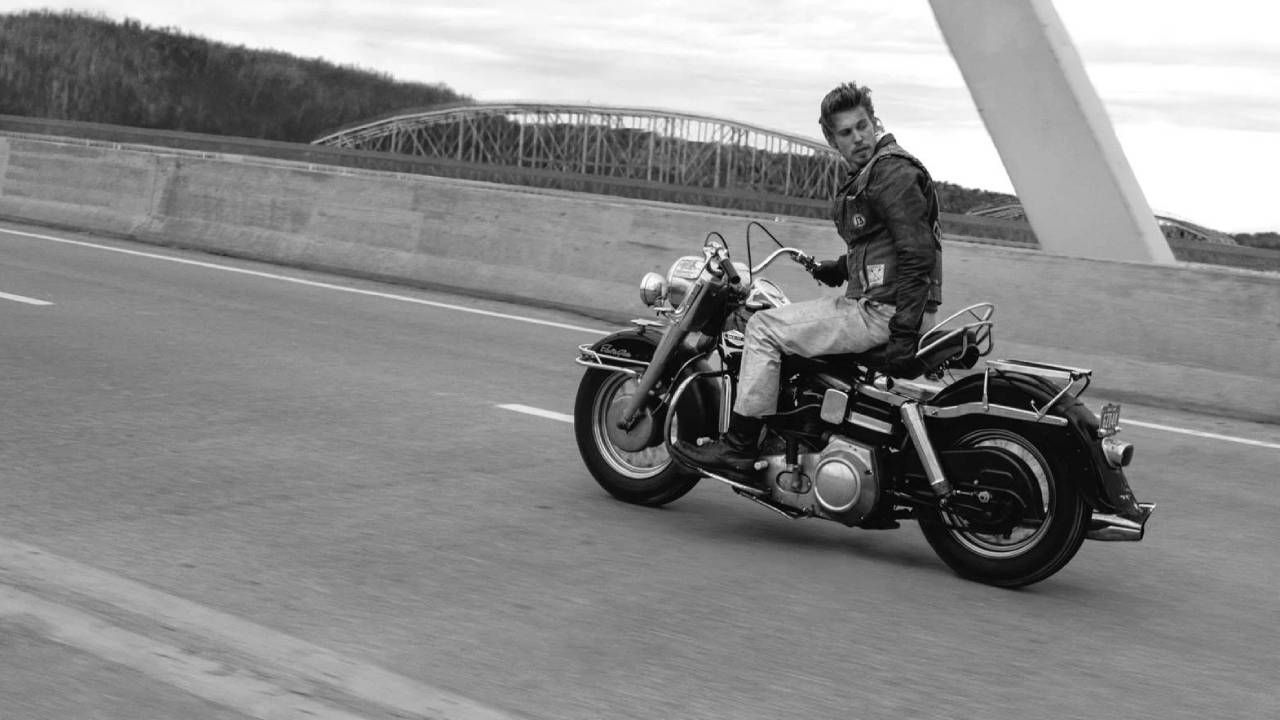
Jeff Nichols: One of the most famous photos in the book is the title “Crossing the Ohio” . It was filmed in Louisville, about an hour and a half from where we were shooting in Cincinnati. But by chance, it turned out that Cincinnati had a bridge that was very similar to the one in the book: they were built at the same time and crossed the same river, the Ohio.
When I started designing this chase sequence, this moment was not included in the script. It was born out of being in Cincinnati and seeing the bridge there. It was the last day we had Austin and I was scared every time we put him on the motorcycle, so I wanted to do two takes.
The crane camera is placed on the machine. Austin then rides his motorcycle into a field. He turns, he looks and there (he snaps his fingers) We realize we have something.
AlloCiné: How hard did you go about reproducing certain photos from the book on screen?
Jeff Nichols: There were several. When Ben first leans over the pool table, it’s a recreation of the photo. Cockroach (Emory Cohen) outside his house with his wife holding a baby. There are a lot more photos in the film than I realized on set.
Because I have been living with this book and the photos in it for a long time. When I was writing the script, I ordered a copy, cut the edges to get all the pages, and put them all over my office. So they were captured by my psyche. Moments in the film are recreations of photographs without my intention.
Take for example the dirt bike scene where Johnny (Tom Hardy) comes up with the idea for the club: these scenes are directly presented in the book.
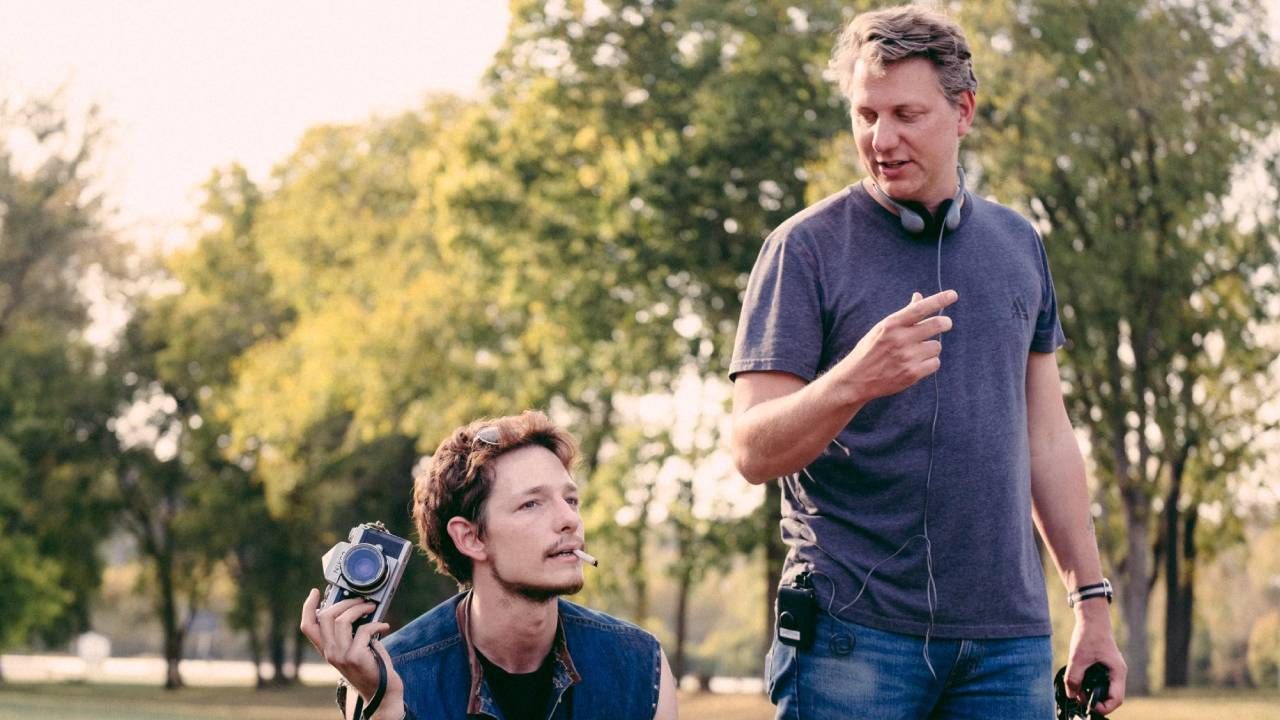
Jeff Nichols on set with Mike Feist (challengers) who plays Danny Lyon. Or the author of the book on which the film is inspired.
Jeff Nichols: We were very lucky to have Mike Feist in this movie. He is even more talented than I gave him credit for. Having a character like Danny observing this world is obviously a narrative device: we needed a reason to pose these characters, interview them, and talk about their psychology.
But what I loved most about Mike and Dan’s character in the movie was his relationship with Kathy (Jodie Comer). It would be easy for this character to become a tapestry, with cutaways where you just see the actor passing time. Mike is a very good actor and every time we went back to him, he was fully invested.
I know this because she really was: At the end of the movie, when Kathy gives one of her monologues in the kitchen, Mike told me that he grew up in Ohio and that his grandmother smoked the same kind of cigarettes. And when Jody spoke, she felt like she was there. Mike brought that enthusiasm to the film.
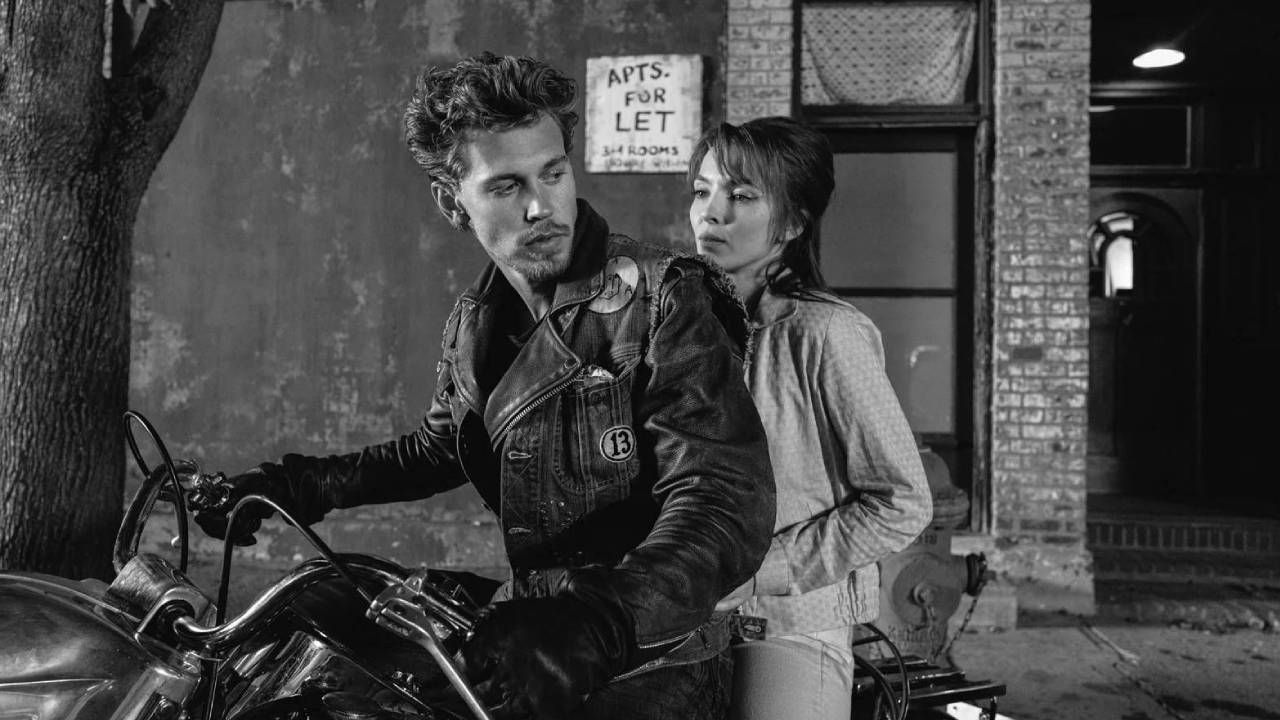
You openly quote “The Wild Squad” with Marlon Brando, so we can feel the influence in this photo. What was your inspiration?
Jeff Nichols: Honestly, the book is everything. Or let’s say 90% of the movie. But there are also three minutes at the beginning of Francis Ford Coppola’s The Outsiders that are among the greatest three minutes of film of all time: that’s when Matt Dillon’s character appears and the sequence is illustrated. “Gloria” by them.
I remember watching this movie as a kid and thinking about that sequence and thinking that if I could make a movie like that for three minutes, I’d be happy. And that’s what The Bikeriders are all about.
As for the photo itself, it refers to the story that the real Katie tells in detail: the night she met the boys for the first time. He gets on the back of Ben’s motorcycle and is terrified. He never did it because he really doesn’t belong in this world.
And this photo is key: they meet at a bar and have incredible chemistry, but it’s not until she gets on a motorcycle that she not only falls in love with Ben, but with the idea of motorcycles.
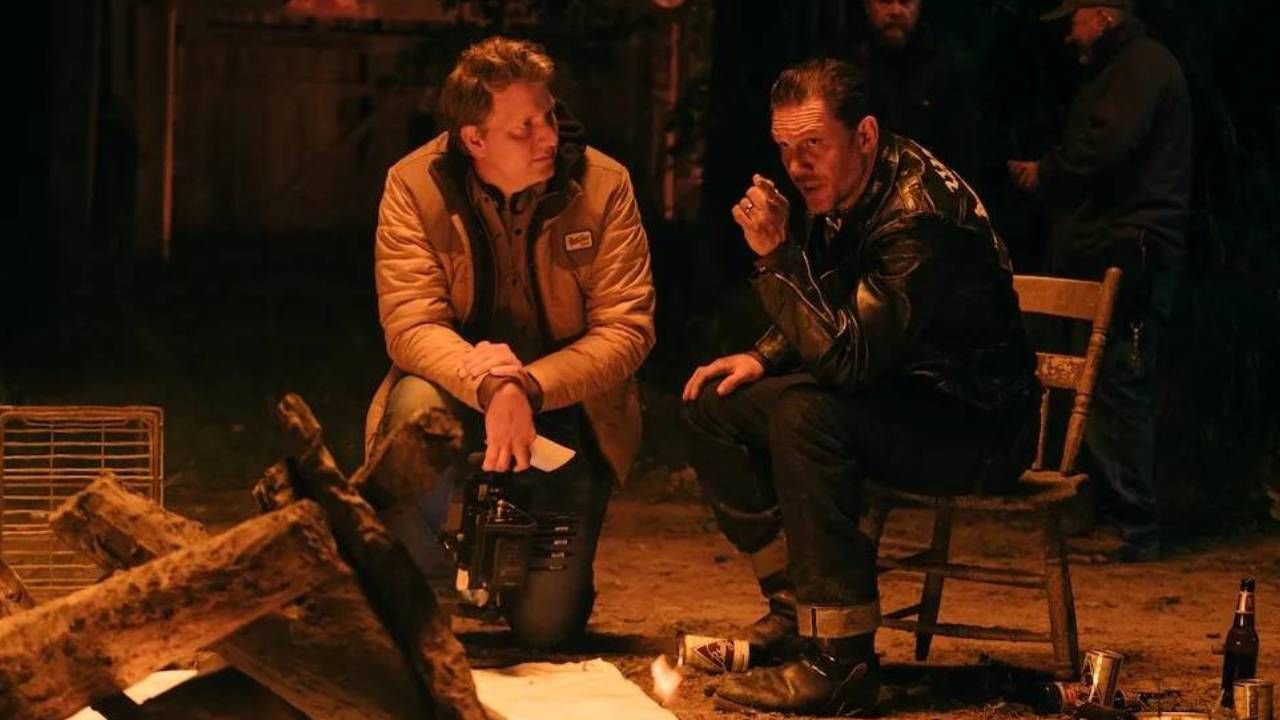
Jeff Nichols: It was a long night! Tom Hardy is incredible. I think a lot about the role he played in this movie and what he could have been: a boy who just wants a father figure, a club leader. But Tom made it. He made him dangerous and sexy in his own way, made him sound sad, because there is tragedy in his character.
I’m not trying to imitate his English accent, but every time we talked about it, he would say: “You can’t be half a gangster, you can’t be half a gangster.” This was his mantra throughout the story. He really identified with the fact that this guy is just a working-class truck driver with a wife and two kids in a house in the suburbs.
He doesn’t really belong in a biker gang, but that’s where he ends up. But it’s not really designed for that. And I’m very grateful to Tommy for not only deepening his character, but also expanding the film.

Jeff Nichols: Oh, but who is this?! In 2012, I had yet to meet Danny Lyon. I was just stalking his site and read his book and interviews and there was this audio file from Zipco that popped up online. Anyone who knows Michael Shannon knows that he grew up in Chicago and that his natural voice has, as far as anyone can tell, an urban accent. And this boy had the same voice as hers! That’s when I realized that there was a role for him in the film. And it turned out to be more decisive for us than expected.
I don’t know why I should still be surprised when Michael Shannon gives a great performance, but I was once again. I gave him this monologue, on the stage around the camp, which you can’t see in this photo: it really explains the psychology of the club, and I took it straight from the book and the actual Zipco. He talks about rejecting the Vietnam War.
I don’t know why I should be surprised when Michael Shannon gives a great performance, but once again I was
Before filming, Michael came to me to ask if I thought the scene was funny enough. And so it was for me: Zipko’s mother would come and drag him out of bed to go to the draft, and he failed. But he told me he didn’t think it was funny at all, so I offered to show him what he thought of it. So he began his monologue and made everyone laugh. They talked, they were captured.
And that’s when he pulled the rug out from under them and said how unwelcome, unwelcome he was. Without us realizing it, this incredible actor, Michael Shannon, took a monologue that I wrote, taken from interviews. And he imbued it with the whole psychology of the film. This is Michael Shannon!
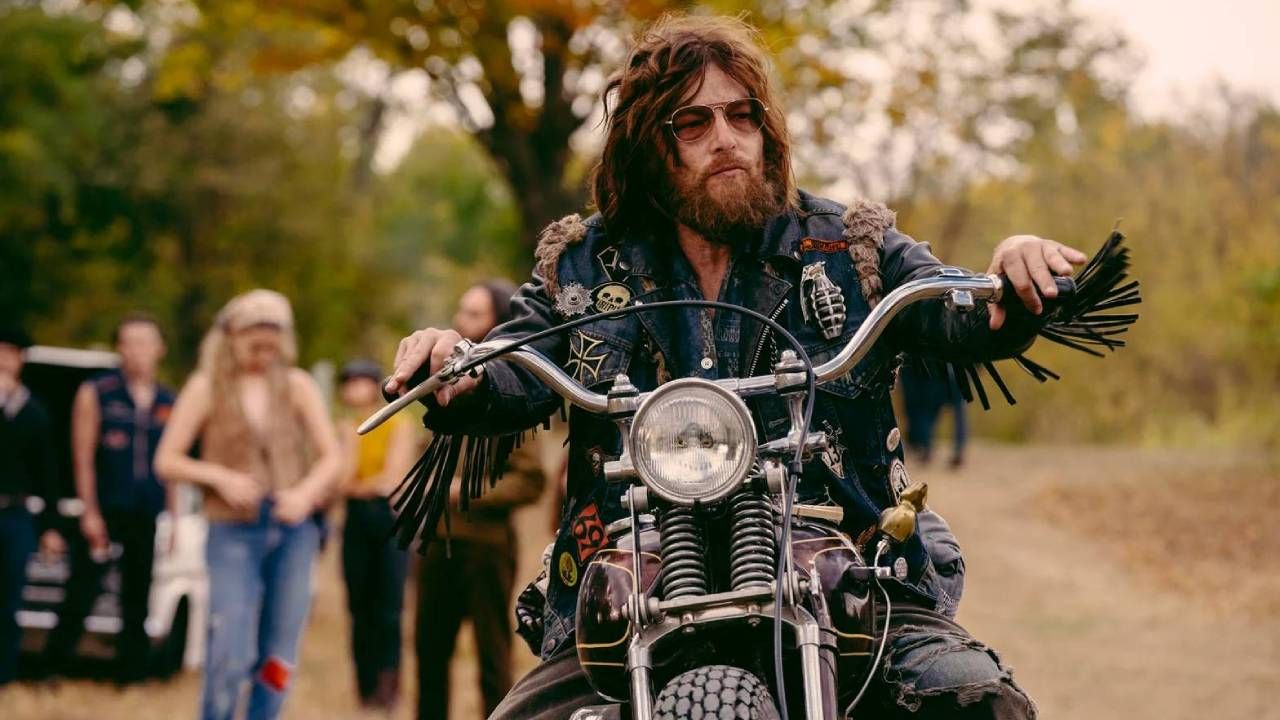
Thanks to the character performed by Norman Reedus, you expand the framework and challenge your bikers in other states.
Jeff Nichols: Indeed, and this man was inspired by a certain funny man, Sonny, who was in a book where he is introduced as a member of the Hells Angels who came to hang out at this club in Chicago. Which, as pointed out at the end of the film, could no longer happen today, as these gangs are now mortal enemies. Their members shoot each other on sight. Bikeriders takes place in a different time, before things were arranged in such a way that they became enemies.
At this point in their shared history, he’s just a lonely biker from California. And it also brings up an interesting point—which I don’t talk about enough—is that the West Coast clubs, the West Coast motorcycle riders, were three or four years ahead of the Midwest guys. Danny mentions it in his book, and I didn’t mention it in the movie: All the West Coast boys were called that. “bicycles”. But this term was not used in the Midwest: they were called there “Cyclists”. And that’s where the title comes from.
The conclusion is absolutely perfect, thank you!
Commentary collected by Maximilien Pierret in Paris on June 5, 2024
Source: Allocine
Rose James is a Gossipify movie and series reviewer known for her in-depth analysis and unique perspective on the latest releases. With a background in film studies, she provides engaging and informative reviews, and keeps readers up to date with industry trends and emerging talents.

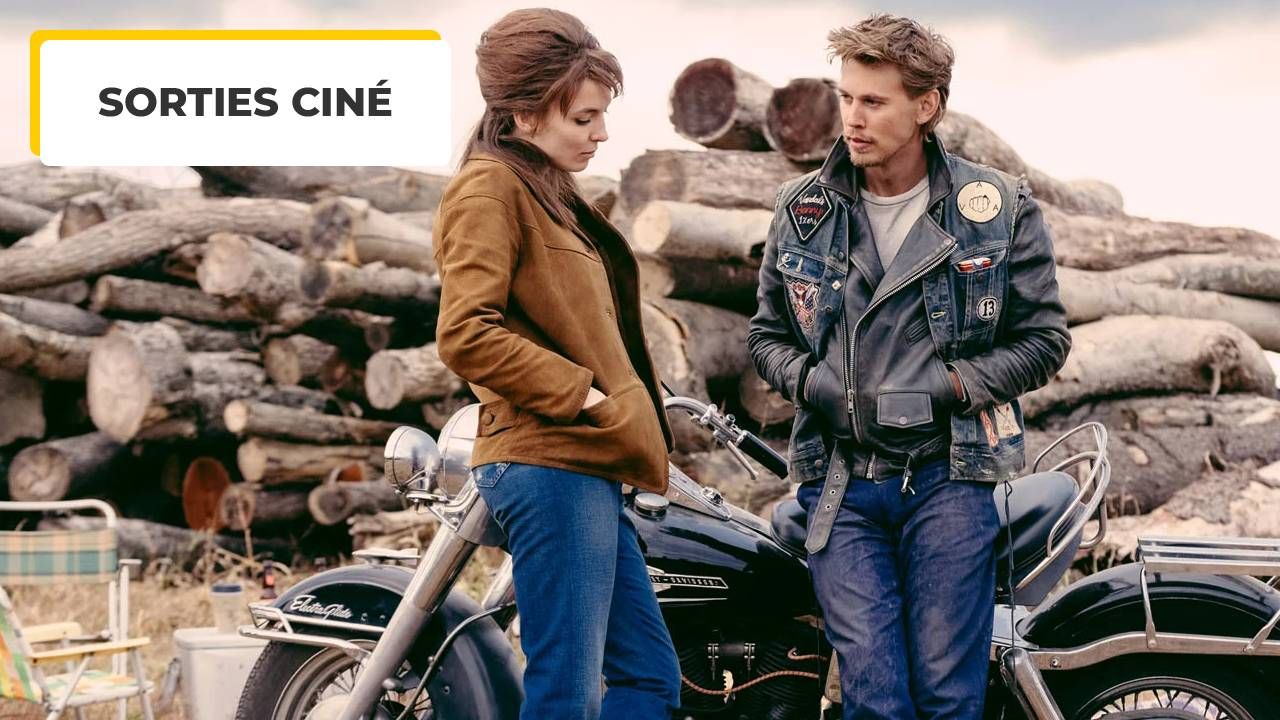
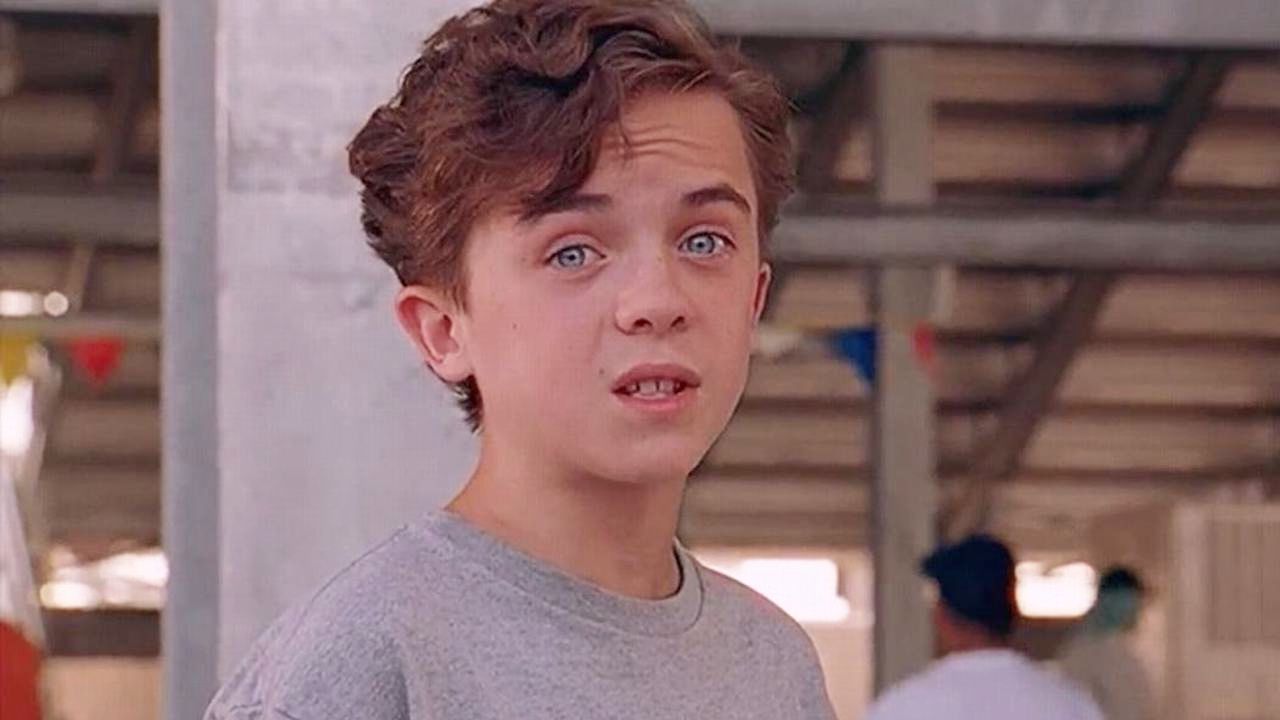
![Such a wonderful sun in advance: Summary of the Episode on Monday, Monday, Monday 22, Monday, September 22, Monday [SPOILERS] Such a wonderful sun in advance: Summary of the Episode on Monday, Monday, Monday 22, Monday, September 22, Monday [SPOILERS]](https://fr.web.img6.acsta.net/img/29/2a/292a2052bcdfc4ca2838ac8d80b3f296.jpg)
